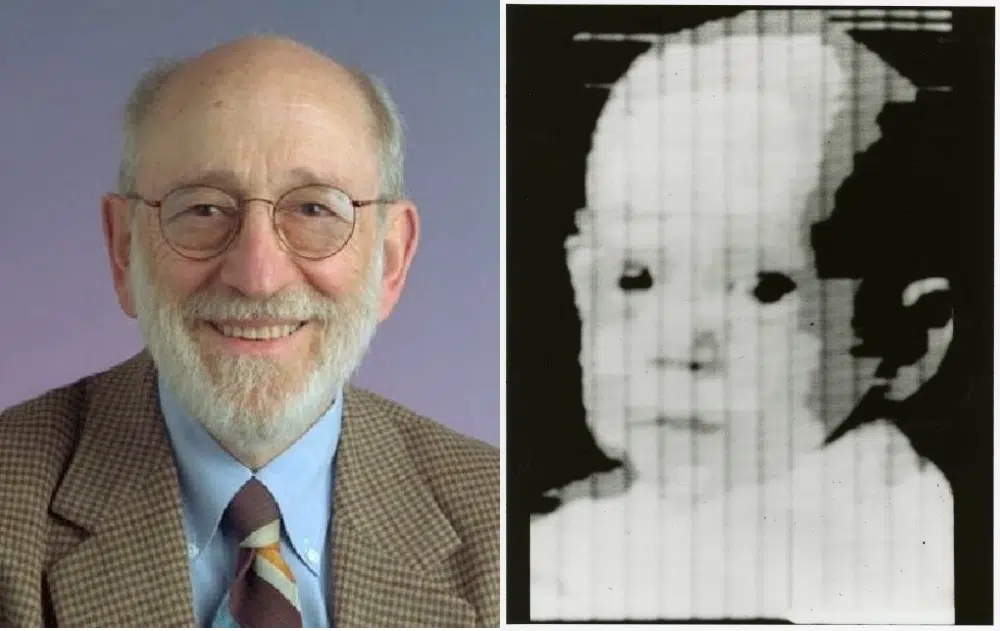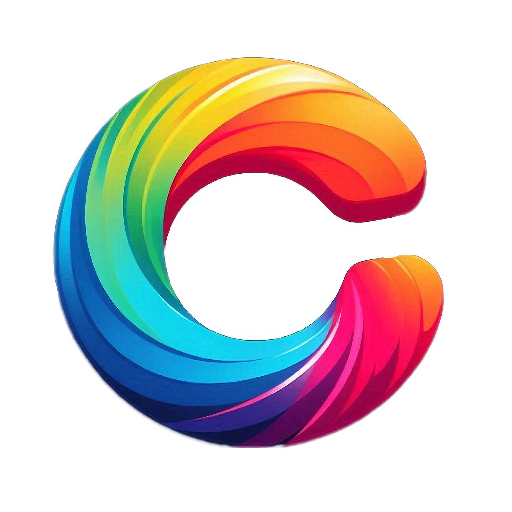Complete Guide to Representation of Digital Images
Digital images are essential part of modern life, appearing on websites, smartphones, advertisements, social media, and printed materials. But a digital image is more than just a picture—it’s a collection of data made up of pixels that your device reads, processes, and displays.

1. What Is a Digital Image?
A digital image is a picture made of small dots called pixels (short for “picture elements”). Each pixel has its own color, and together they create the full image. The quality, size, and appearance of a digital image depend on how many pixels it has, how much color data is stored per pixel, and how the image is saved.
2. Image Resolution
Resolution refers to the number of pixels in an image. The higher the resolution, the more detail an image can show.
Types of Resolution:
- Pixel Dimensions: Total number of pixels (e.g., 1920×1080).
- PPI (Pixels Per Inch): Used for screen display.
- DPI (Dots Per Inch): Used for printing.
Examples:
- Web image: 72 PPI, 1200×800 pixels → Fast loading, good for online.
- Print image: 300 DPI, 3600×2400 pixels → Sharp and detailed on paper.
Higher resolution gives better image quality but increases file size.
3. Pixel Depth (Bit Depth)
Pixel depth or bit depth refers to how many bits are used to represent the color of each pixel.
Common Bit Depths:
- 1-bit: Only black and white (e.g., fax images).
- 8-bit: 256 colors (used in older GIFs).
- 24-bit: Over 16 million colors (true color, used in most photos).
- 48-bit: Extremely detailed, used in professional photography.
Example:
A 24-bit image uses 8 bits for red, green, and blue each. That’s 256 × 256 × 256 = 16.7 million possible colors.
More bit depth = smoother color transitions and higher quality.
4. Pixel Aspect Ratio (PAR)
Pixel Aspect Ratio defines the shape of a pixel. Most modern systems use square pixels, but some video formats use rectangular ones.
Values:
- 1:1 – Square pixel (standard for most displays).
- 0.9:1 or 1.2:1 – Rectangular pixel (used in NTSC/PAL video formats).
Example:
If an image is 720×480 pixels but the pixels are not square, it may look stretched when displayed on a modern screen.
Always match your project’s aspect ratio to avoid distortion.
5. Dynamic Color Range (HDR vs SDR)
Dynamic range refers to the range between the darkest black and the brightest white an image can show.
Types:
- SDR (Standard Dynamic Range): Typical for web and everyday images.
- HDR (High Dynamic Range): Used in modern TVs and cameras to show more shadow and highlight detail.
Example:
In a sunset photo:
- SDR: Bright sky may look white, shadows may look black.
- HDR: You see details in both the sky and shadows.
HDR photos look more lifelike but require compatible displays.
6. File Size
File size is how much digital storage an image uses. It’s affected by:
- Resolution (more pixels = bigger size)
- Bit depth (more colors = bigger size)
- Compression (how data is stored)
- File format (JPEG, PNG, etc.)
Example:
- A 1000×1000 pixel image at 24-bit:
- Uncompressed (BMP/TIFF): ~3 MB
- Compressed (JPEG): ~300–500 KB
Always compress for web use to speed up loading times.
7. Color Models
Color models are systems used to describe colors using numbers.
Main Models:
- RGB (Red, Green, Blue) – For screens and digital cameras.
- CMYK (Cyan, Magenta, Yellow, Black) – For printing.
- Grayscale – Shades of gray, used in black-and-white images.
- Lab and HSL – Used in advanced editing software.
Example:
- RGB(255, 0, 0) = Bright red
- CMYK(0%, 100%, 100%, 0%) = Red in print
Use RGB for digital work and CMYK for print projects.
8. File Formats
Different file formats are used for saving and sharing images, each with specific features.
Common Image Formats:
| Format | Description | Best Use |
|---|---|---|
| JPEG (.jpg) | Compressed, small file size, minor quality loss | Web photos |
| PNG (.png) | Lossless, supports transparency | Logos, graphics |
| GIF (.gif) | 256 colors, supports animation | Simple web animations |
| TIFF (.tif) | High quality, large size | Print, editing |
| RAW | Unprocessed camera data | Photography (needs editing) |
| WEBP | Compressed, modern format | Fast-loading websites |
Choose format based on use: speed, quality, or transparency.
9. How to Calculate Image Resolution for Output
If you are in printing or designing, it’s important to calculate the correct image size using the resolution (DPI/PPI).
Formula
Image size (in inches) = Pixel dimension ÷ DPI
Example:
- Image: 3600 × 2400 pixels
- Print Resolution: 300 DPI
- Print Size: 3600 ÷ 300 = 12 inches, 2400 ÷ 300 = 8 inches
Use 300 DPI for high-quality prints, and 72 or 96 PPI for web.
Final Summary
| Term | What It Means | Why It Matters |
|---|---|---|
| Resolution | Number of pixels | Affects clarity and print size |
| Pixel Depth | Color info per pixel | Higher depth = more color detail |
| Aspect Ratio | Shape of image/pixels | Prevents distortion |
| Dynamic Range | Dark to bright range | Better light detail |
| File Size | Storage needed | Impacts speed and space |
| Color Models | How color is represented | RGB for screens, CMYK for print |
| File Formats | How images are saved | Choose based on use case |
| Output Resolution | Print size in inches | Ensure quality prints |
